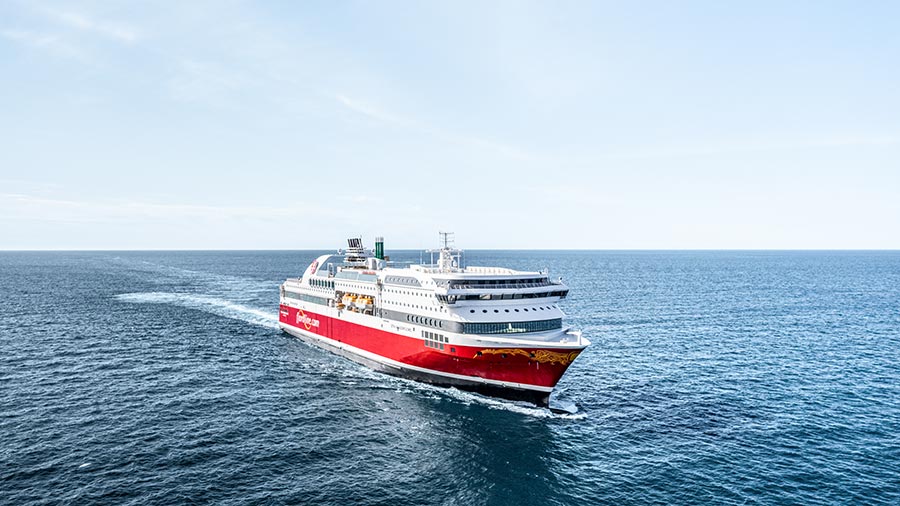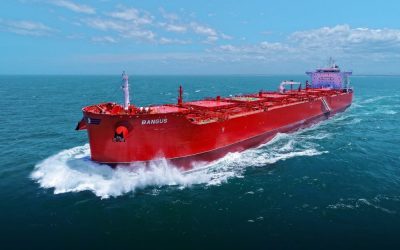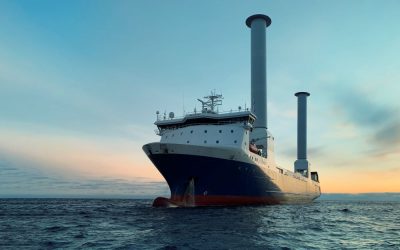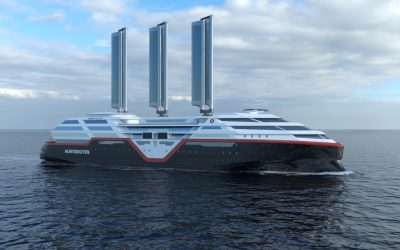Fjord Line to convert LNG-powered ships to dual fuel
The Norwegian ferry operator Fjord Line has decided to turn two of its vessels back from single fuel LNG to dual fuel as a result of unsustainable cost pressures
For many years LNG has been seen has one of the primary answers to the need to decarbonise shipping. A significant number of vessels have been fitted with dual fuel engines capable of operating on both LNG and conventional marine fuels, either at the newbuilding stage or through conversions, while other, more environmentally ambitious owners have installed engines running purely on LNG.
Until relatively recently there seemed every chance that the trend towards replacing engines with those with at least a dual fuel capability utilising LNG would continue. However the war in Ukraine, and the subsequent rapid increase in LNG prices, has forced a rethink. Many owners planning dual fuel conversions have decided to hit the pause button, while those with LNG only engines are thinking the previously unthinkable – namely giving back to their ships the capability to use more traditional marine fuels. While this may appear an environmentally retrograde step, given the huge differential between LNG and conventional fuel prices it has become a commercial necessity.
One of those operators facing up to that dilemma is Norway’s Fjord Line, which says that increases in LNG fuel costs has led to a financial situation for the company that cannot be sustained. The energy crisis, caused by the Russian invasion of Ukraine, has triggered extraordinary volatility and significant price increases in LNG, which have been far higher than for traditional and less sustainable energy sources. This has led to a dramatic increase in energy costs for Fjord Line’s two LNG-operated ships, which it describes as being “significantly above a financially sustainable level.”
Since last autumn, sailings of its two LNG-only ships, Stavangerfjord and Bergensfjord, which operate the route between Bergen-Stavanger-Hirtshals and Langesund-Hirtshals, have been reduced, while the crossing time has been increased, to save money, on an interim basis. Now a more permanent solution has been found with a decision to convert the two ships from single fuel LNG engines to dual fuel LNG and marine gas oil (MGO) engines during the Spring of 2023. A contract has been signed with the Fosen shipyard, the original builder of the vessels, which delivered them in 2013 and 2014, to carry out the work, which will include replacing the existing Rolls-Royce engines with Wartsila dual fuel units.
The engine conversion will enable the two ships to switch between LNG and MGO to ensure that operations are financially sustainable until the LNG price level is normalised.
“We are saddened by the need for the conversion to the use of MGO, despite this offering significantly reduced sulfur emissions than traditional fuel such as Heavy Fuel Oil (HFO). The conversion is however critical to maintain customer services, secure employment, and to ensure the continued development of Fjord Line,” says CEO, Brian Thorsted Hansen.
Rebuilding of Stavangerfjord started in January 2023 and will be finalised by the end of May while Bergensfjord will be converted at Fosen between February and mid-June 2023.
Hansen adds, “Fjord Line has led the way in the green transition and is the only Norwegian shipping company that transports passengers as well as cargo, internationally, on two ships powered by LNG. This enables up to 25% CO2-savings and greatly reduced emissions of sulfur and nitrogen oxides. We are proud of our contribution towards responsible business operations and our ambitions to be a leading contributor towards sustainable and innovative ferry operations remain.”






